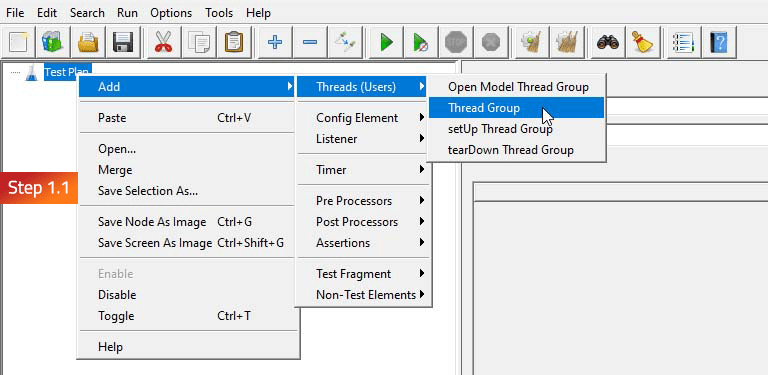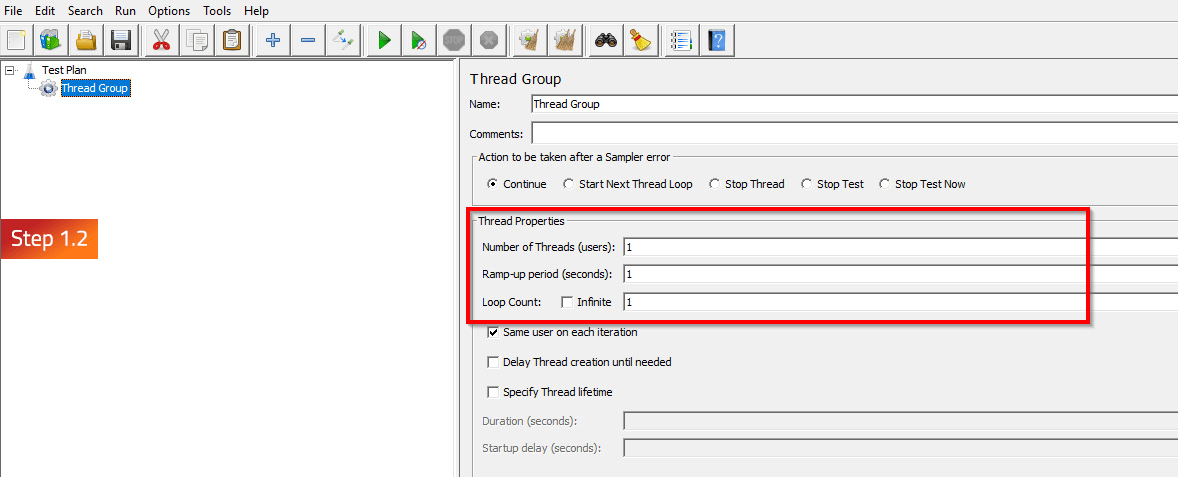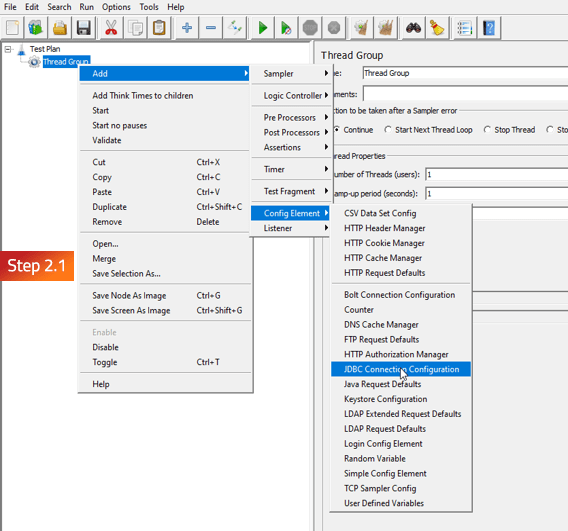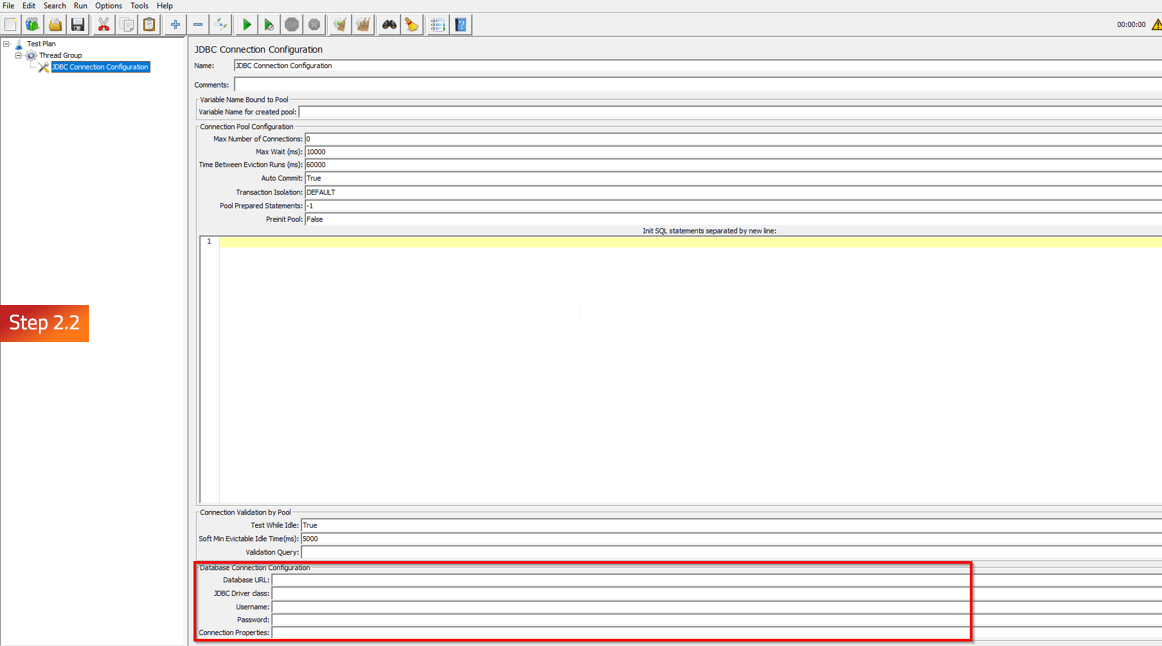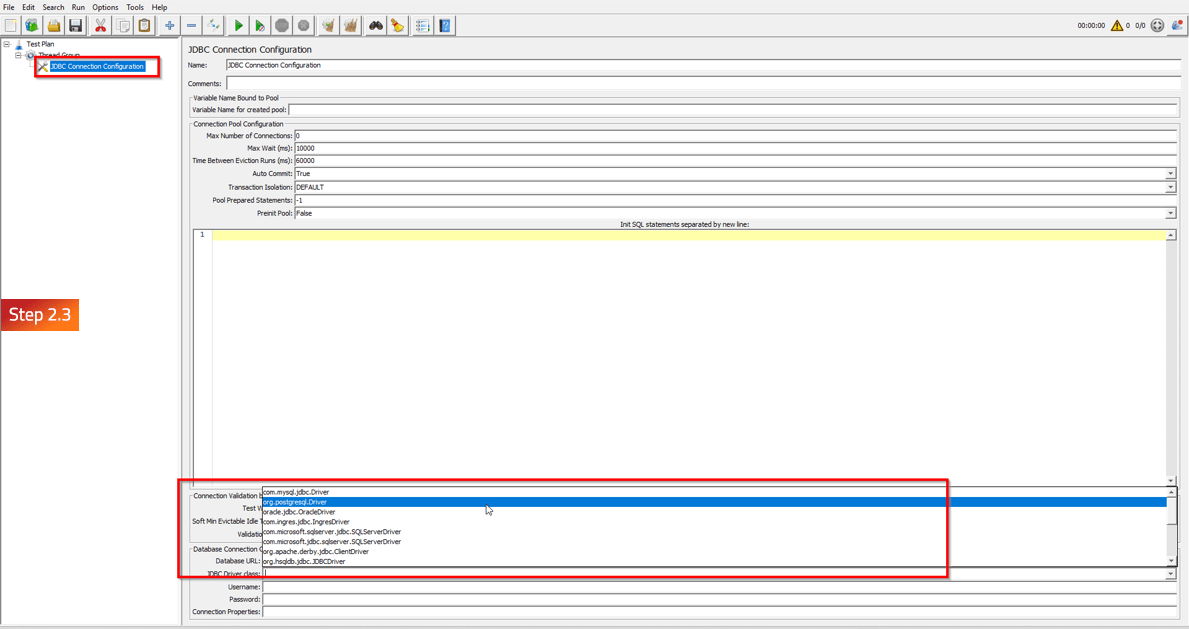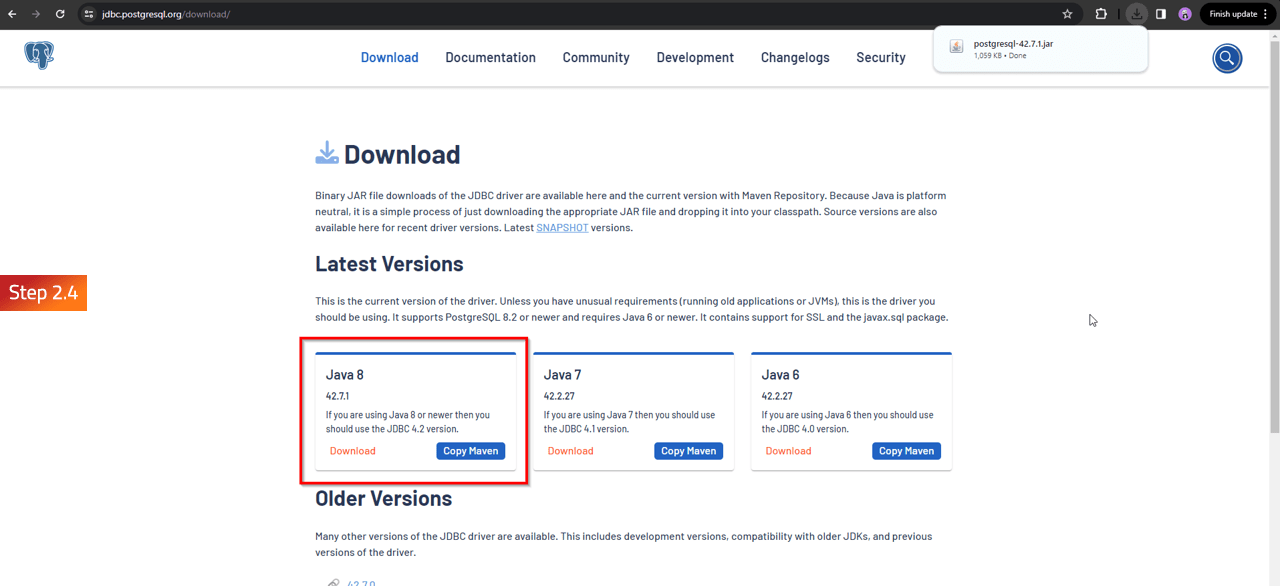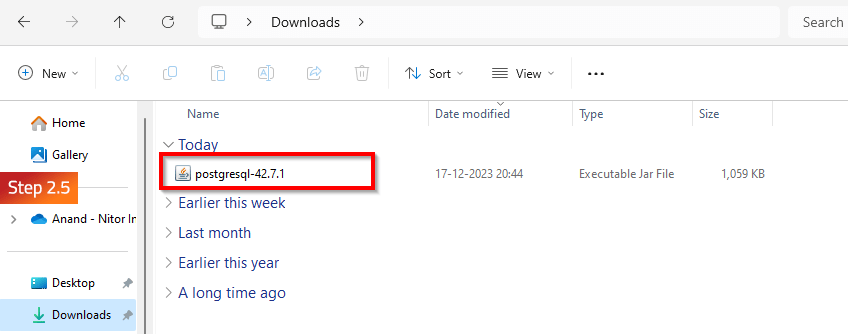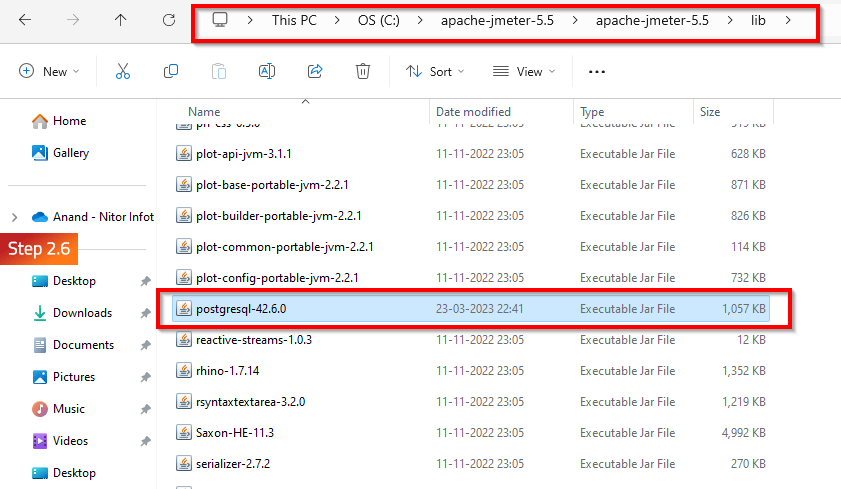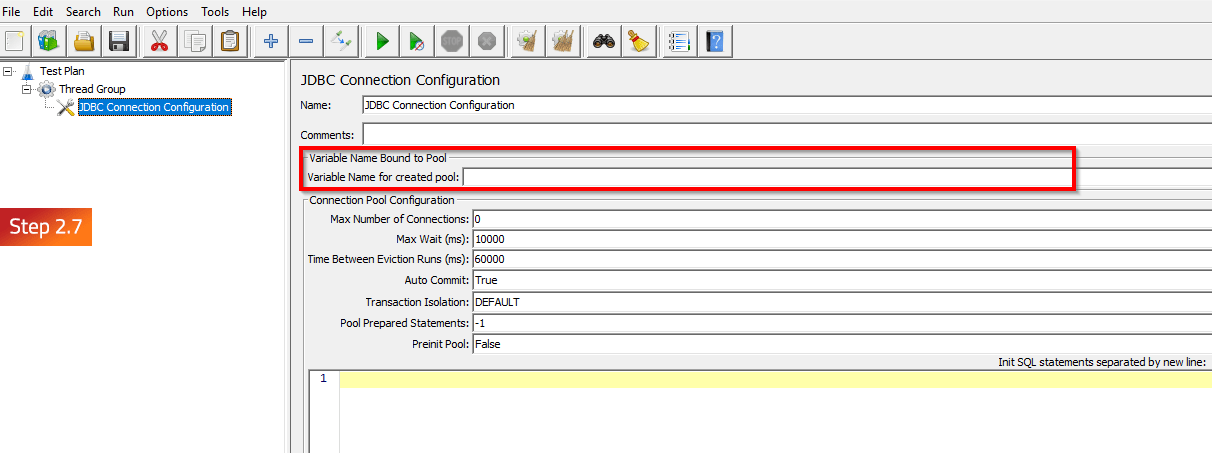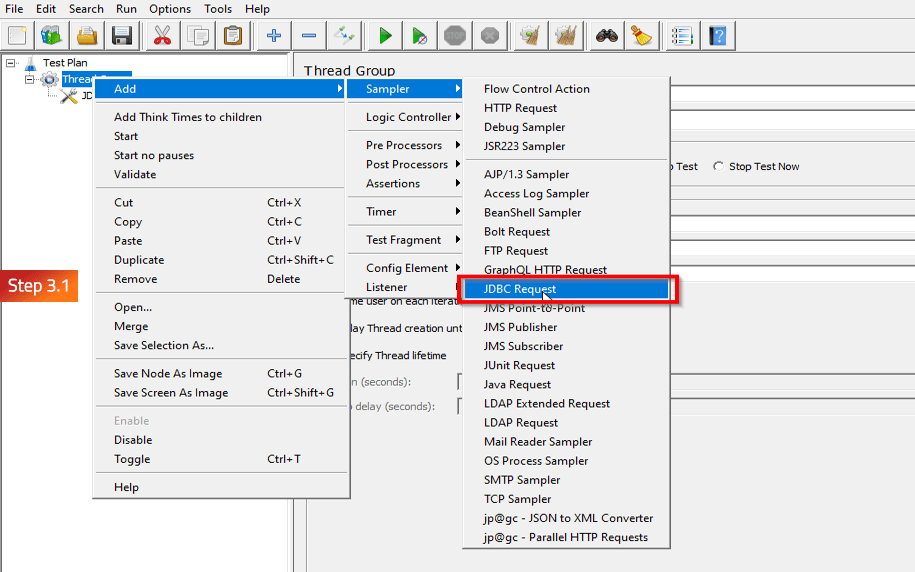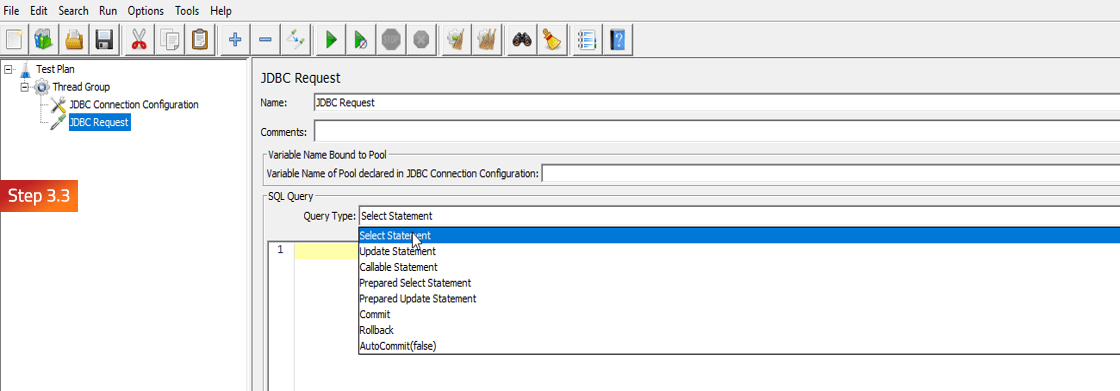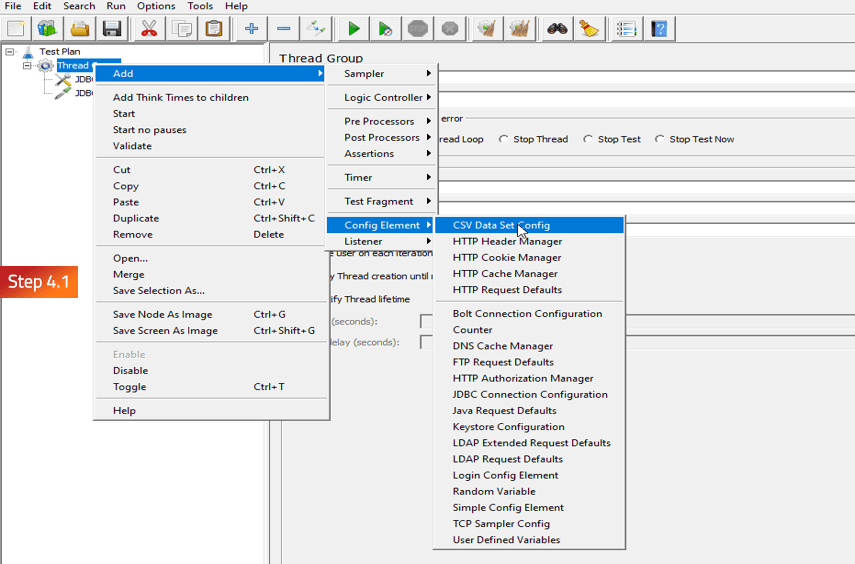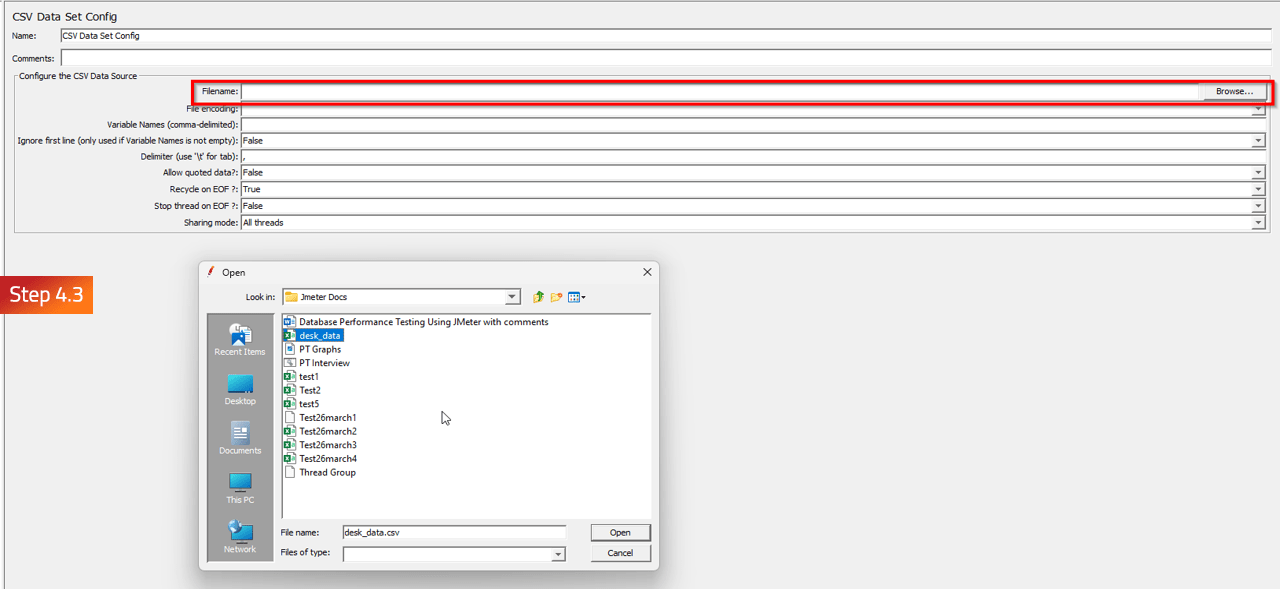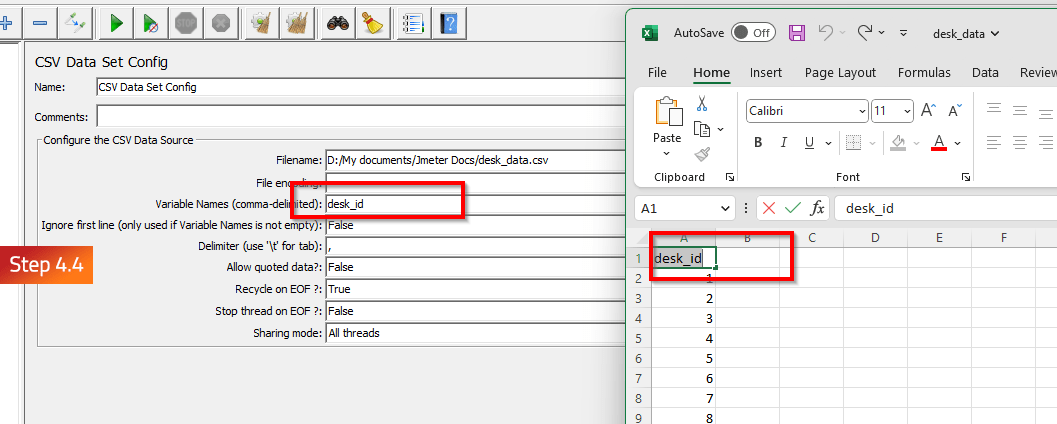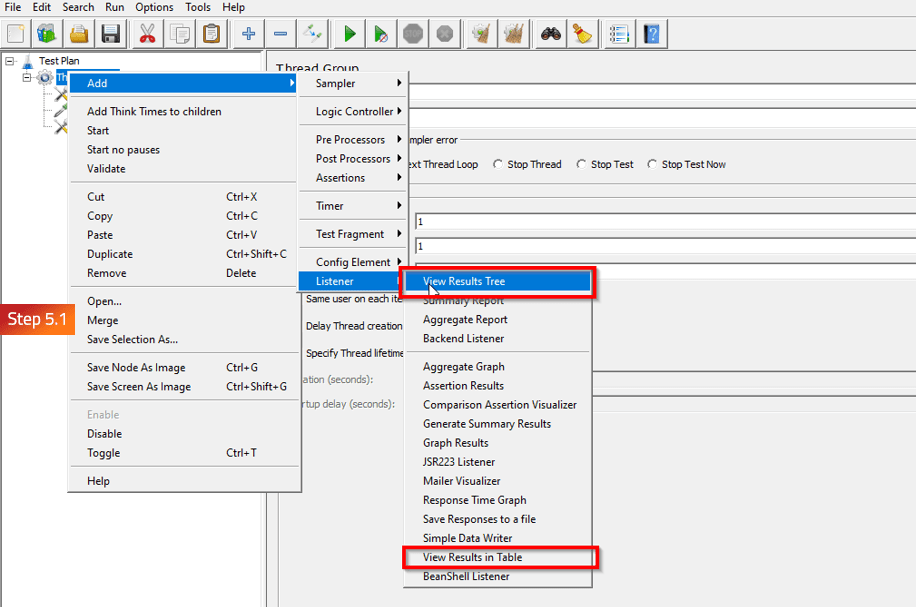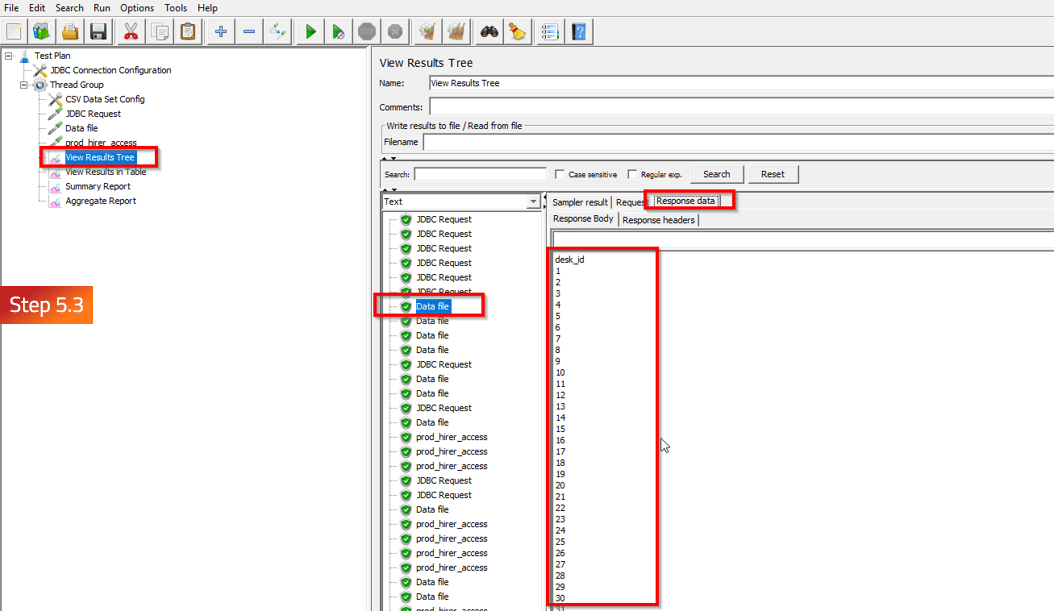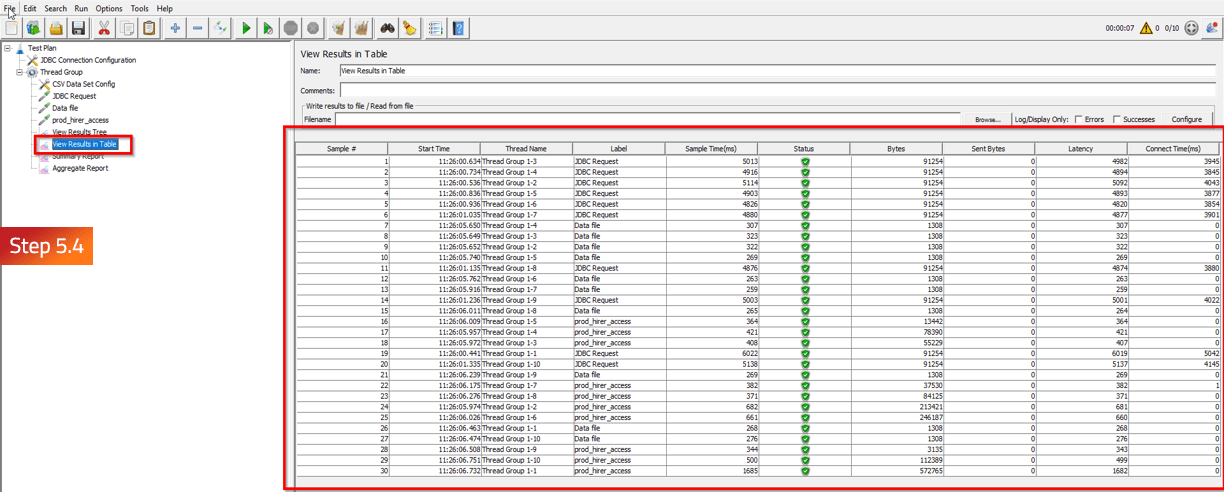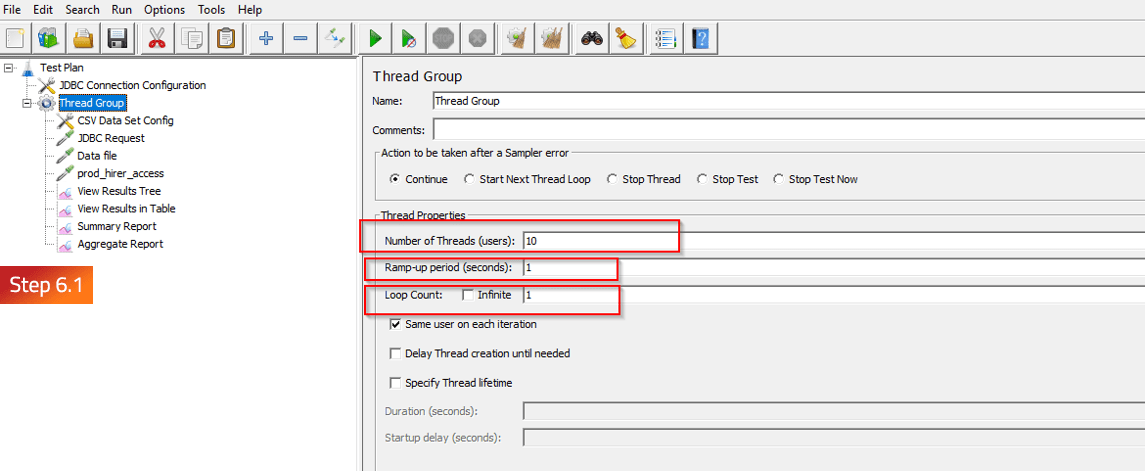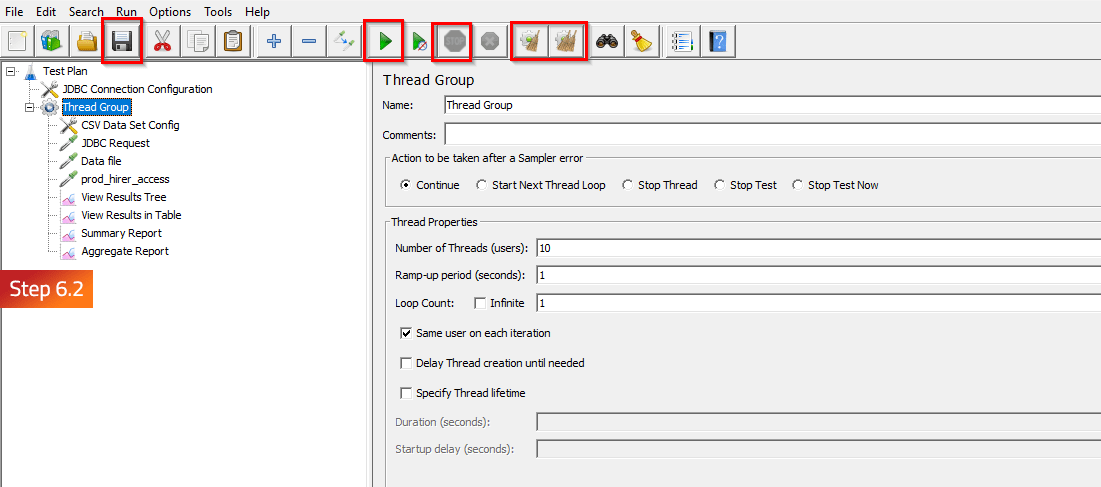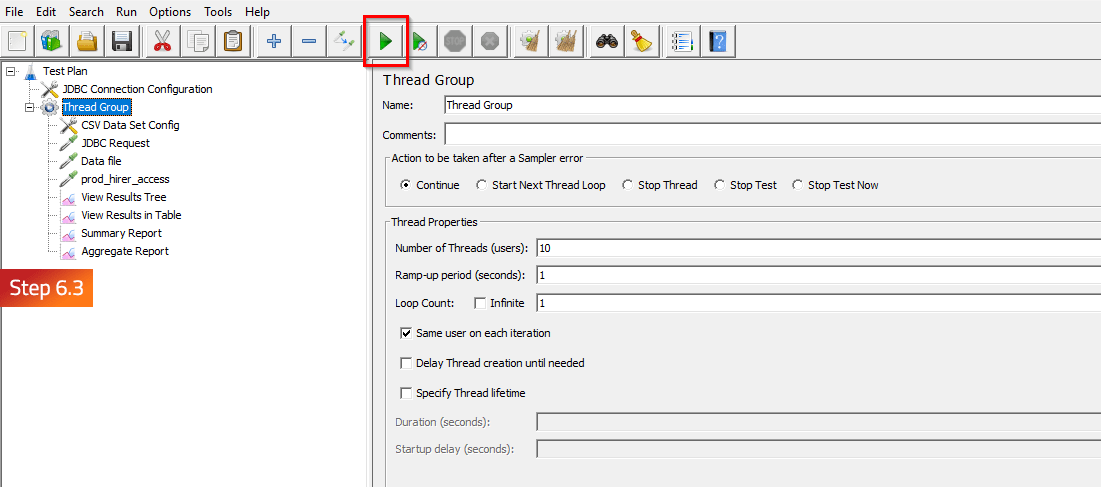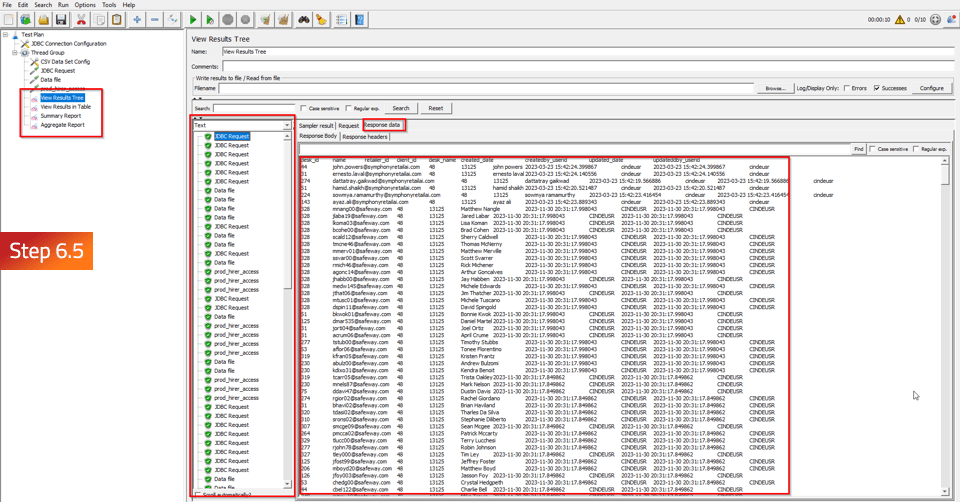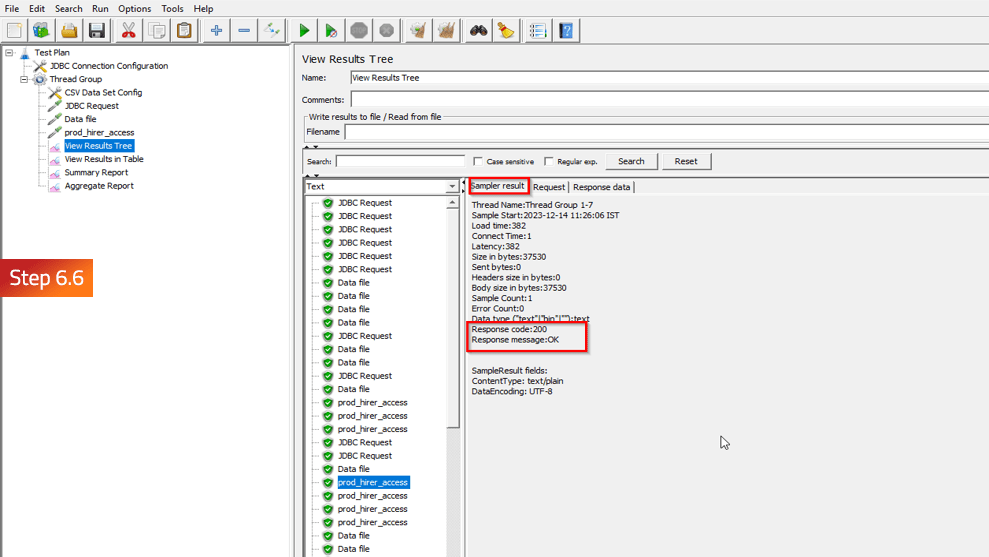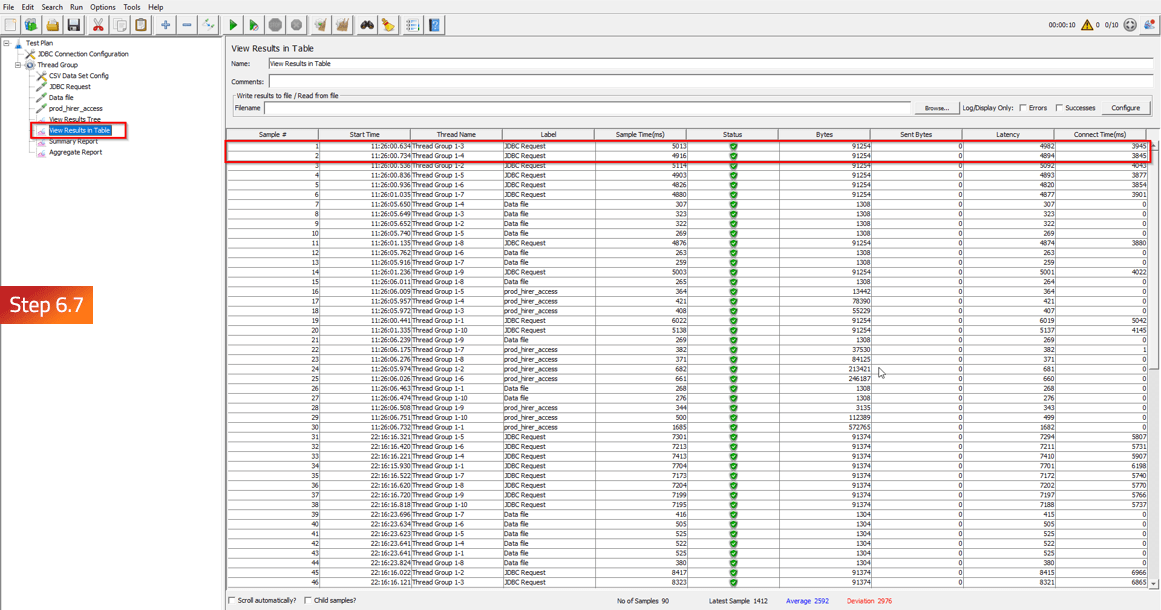When you’re analyzing what works for your business and what doesn’t, you deal with two types of data- objective, tangible data that you collate from surveys, feedback, and reviews, and then there’s the subjective data revolving around your end user’s feelings. Is there a way for you to capture this subjective information and analyze it? Indeed! Sentiment analysis, also known as opinion mining, is an application of Natural Language Processing (NLP) and machine learning (ML) that helps you do just that!
If you’re looking to dive a little deeper into the what’s and how’s of sentiment analysis, I would urge you to go through our previous blogs for a quick refresher. The series has been divided into two parts – Part 1 and Part 2.
In this blog today, I will be speaking about the four types of sentiment analysis and highlighting their applications in the business world.
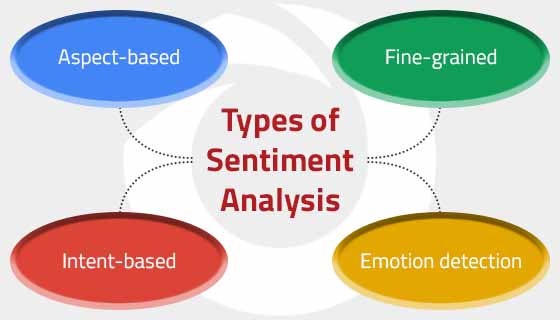
Aspect-based sentiment analysis
With this NLP task, the focus lies on identifying and extracting opinions pertaining to specific aspects of a given text. It is a more detailed version of traditional sentiment analysis where overall sentiment about a certain aspect is classified as positive, negative, or neutral.
Aspect-based sentiment analysis can be used in a wide variety of industries, including:
E-commerce– Identify specific aspects of a product that are liked or disliked by customers such as quality, design, price, etc.
Finance– Monitor specific aspects of a business that are on the radar of the investors such as growth prospects, financial statements, potential risks, etc.
Healthcare– Analyze certain aspects of healthcare enterprises that are being discussed by end customers such as treatment plans, medications, quality of care, etc.
Human resources– Make note of particular aspects of a company’s culture that are discussed such as job satisfaction, diversity, work-life balance, etc.
Fine grained sentiment analysis
While aspect-based sentiment analysis focuses on particular aspects of text, fine grained analysis uses a lexicon approach to delve deeper into the sentiments expressed in a given text. It helps in identifying more specific sentiments based on intensity, emotions, and target.
Fine grained analysis can be used in several business applications, including:
- Political analysis– Monitor political speeches and statements and analyze their impact to identify areas of agreement and disagreement
- Product reviews– Analyze product reviews and understand which aspects of a product are liked or disliked by end customers
- Customer feedback analysis– Identify patterns and trends in customer sentiment and avail valuable insights into customer’s preferences
- News and media analysis– Look for sentiments in news articles and other media content to gauge how people feel about current topics
Intent-based sentiment analysis
This NLP task goes beyond identifying the tone (positive, negative, or neutral) of the given text and leveraged machine learning algorithms to understand the underlying purpose of the text. This could entail gauging whether the text is expressing a query, a complaint, a command, or a desire. Additionally, it also correctly identifies the sentiment of the text along with the degree to which it is expressed.
Intent-based sentiment analysis finds many applications in the business world, including:
- Healthcare– Monitor and analyze patient feedback to avail meaningful insights into the patient’s experience
- Legal– Analyze legal documents and contracts to spot the intent behind the legal jargon and provide an adequate response
- Human resources– Note employee feedback to identify intent and collate valuable information to map areas for improvement
- Marketing and advertising– Study the effectiveness of marketing strategies by understanding the intent behind customer interactions
Emotion detection
This type of NLP task involves identifying information about the emotions expressed in a given text. It is more intricate than traditional sentiment analysis since it aims to understand the emotional state of the writer. It can deftly identify emotions such as anger, happiness, fear, and surprise.
Emotion detection sentiment analysis has a plethora of applications in the real world, including:
- Social media monitoring– Monitor and study social media interactions and avail meaningful insights about your products or services
- Speech analysis– Analyze speech and identify emotions in real time to facilitate meaningful communications between man and machine
- Customer feedback analysis– Study reviews and feedback to identify patterns in customer behavior for improving your products and services
- Virtual reality– Adapt to experiences based on the emotional state of the end user to provide a more immersive and personalized experience

Learn how our NLP & AI integration reduced order fulfillment time for retail firm sales by 50%.
Reach out to us at Nitor Infotech to see how you too can tap into the true potential of sentiment analysis for your business!







